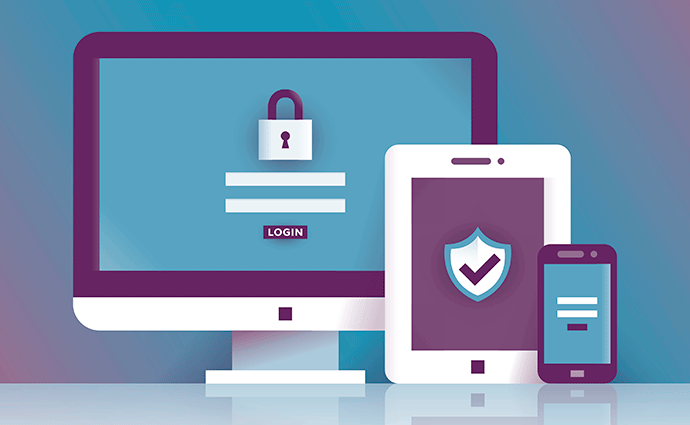Joint Commission Issues Telehealth Safety Advisory
The survey identifies what factors are most important to consumers when they choose telehealth, and it shows how the coronavirus pandemic has changed some of those priorities.
October 16, 2020 – Healthcare providers and payers looking to drive sustainability in a telehealth platform in a world affected by the coronavirus pandemic should focus on safety, quality and insurance coverage.
That’s the take-away from J.D. Power’s second annual Telehealth Satisfaction Study, released earlier this month. According to the consumer advisory company’s survey, respondents showed increased attention in those three topics this year, as opposed to last year’s pre-COVID-19 survey.
By far, consumers are most interested in connected health platforms that protect them from exposure to the coronavirus (as are the providers themselves). According to the survey, 46 percent listed safety as a reason for using telehealth, compared to just 13 percent last year – an increase of roughly 250 percent.
That’s an obvious answer. The coronavirus pandemic prompted most providers to restrict in-person care to necessary issues and push as many service as possible into virtual care. In doing so, they emphasized that telehealth and mHealth platforms allow patients to access care from the safety of their own homes, thereby reducing the risk of exposure. In the past, that point had been made by hospitals and health plans looking to avoid a surge of traffic during flu season.
Just as important, 30 percent of survey respondents said quality care was a leading reason for using telehealth, up from 25 percent a year ago, and 28 percent said the leading reason was that their condition was covered by a telehealth visit, up from 22 percent last year.
This indicates consumers are still quite interested in the value of a telehealth visit, and that healthcare providers and payers are meeting their needs by using telehealth to treat more health concerns.
This coincides with another survey question asking consumers what barriers make using telehealth difficult. Of the top 5 barriers listed, consumers ranked limited services at the top, at 24 percent, and lack of coverage by their health plan came in fifth, at 11 percent.
The uptake is that providers and payers need to not only prove that telehealth is a good option to in-person care, but that it’s robust enough to meet the needs of consumers. While this might lead providers to think they should expand their platforms to cover a wide range of conditions, it could also indicate they need to make sure what they’re doing on a telemedicine platform effectively meets the needs of the patient. In other words, it’s one thing to advertise a service that treats a cold or infection and another to offer a service that actually does that to the patient’s satisfaction.
As anticipated, the top reason for using telehealth is still convenience – consumers want easy access to healthcare. Some 51 percent of survey respondents went with that answer, compared to 64 percent in 2019.
And speed of access – the ability to receive care quickly – also ranked highly. Some 44 percent of survey respondents listed that as a leading reason this year, compared to 53 percent last year.
Conversely, some leading factors for telehealth use have dropped in the wake of the COVID-19 crisis, indicating consumers are rethinking what’s important to them in looking to connected health. For instance, ease of access to health information was the third most popular reason in 2019, at 34 percent, yet it dropped to 6th in this year’s survey, at 37 percent.
And lower overall cost was cited by 30 percent of respondents in 2019, placing it 5th on the list; this year, 23 percent of respondents cited that reason, dropping it to 8th.
The top 12 reasons for using telehealth, according to the 2020 survey, are listed below, with the 2019 ranking and percentages in parentheses:
- Convenience, 51 percent (1, 64 percent)
- Safety, 46 percent (12, 13 percent)
- Speed – ability to receive care quickly, 44 percent (2, 53 percent)
- Quality care, 30 percent (6, 25 percent)
- Condition covered by telehealth visit, 28 percent (7, 22 percent)
- Ease of access to health information, 27 percent (3, 34 percent)
- Convenient communication channels, 26 percent (4, 33 percent)
- Lower overall cost, 23 percent (5, 30 percent)
- Difficult to travel to medical office, 21 percent (7, 20 percent)
- Recommendation, 19 percent (7, 20 percent)
- Reputation, 19 percent (11, 14 percent)
- Past experience, 17 percent (9, 19 percent).

